Pixar Turns A New Stone with Turning Red
Asian Characters Take the Lead for the First Time in the Franchise
April 14, 2022
Along with the quickly changing world, animation movies are changing too. Turning Red, the recent buzz within the animation industry, arrived on Disney Plus on March 11. In all of Pixar’s history, this is the first film led by an all-women leadership team, the first full-length film featuring an Asian protagonist with a primary focus on Asian characters, and the first to accurately represent Asians, all of these, being everything significant about this film. The success of this movie is a big step forward for the future of Pixar and other coming-of-age movies to come.
Precious little Mei-Mei’s life as a 13-year-old girl going through puberty isn’t easy since, unlike other girls, she has the ability to turn into a big red panda when she gets emotional or overwhelmed. On top of that, under her overprotective Chinese mom’s pressures, she goes through a tough time trying to focus on herself. This film shows the situations any teenage girl can go through realistically, down to all the embarrassing and minute details.
Turning Red was an adorable and heartwarming movie that felt real. Almost a little too real, to the point where I legitimately felt embarrassed for Mei while watching it. As a teenage girl, the disrespectful way Ming, Mei’s mom, treated Mei – by sneaking into the school to give Mei pads and even spying on her at one point– made me extremely uncomfortable, as if I was in Mei’s shoes. She doesn’t respect her daughter as an individual, rather, Mei is treated as a second version of her mom. Ming is more than overprotective. She’s unduly harsh, and puts absurdly high expectations on Mei; even I couldn’t breathe while watching the movie. Despite the movie’s cheery animation, pastel color palette, and energetic voice acting, Turning Red expertly handles the tricky topic of puberty, parent-child relationships, and discovering one’s identity or place in society, which is shown through Ming and Mei’s complex dichotomy.
The film also provides some social commentary regarding Asian hate or misinterpretations of Asians in general. Turning Red addresses the idea of model minorities, an excuse to put down or invalidate the racism Asians experience by stereotypically viewing them as being more successful than other racial groups or individuals. Mei fits into the “smart Asian” trope and Ming is the commonly known “tiger mom”, both of whom, strive for success in a country different from their ethnic or cultural origins. Since there aren’t many Pixar movies with Asian protagonists following this false idea of receiving the “better end of the stick” in terms of racism, Turning Red is able to nudge the audience to wonder why these stereotypes exist to begin with, and most importantly, how it may invalidate the struggles Asians may go through.
That being said, there is something different about the stereotypes portrayed in this film. It’s hard to judge the cliche of the characters because the story is partially based on the director’s real life. The director, Domee Shi, is a Chinese Canadian who was an only child raised in Toronto under an overprotective and rigid mom just like Mei. Production designer, Rona Liu, is also Chinese Canadian, showing that the movie is based on actual experiences rather than an idea or two. Given that their lives were similar to that of Mei’s, we can’t hastily call the movie “just another film with the same Asian stereotypes.” Because the movie is narrated from real life, although it features the “smart Asian kid” and the “overprotective tiger mom” trope, it sheds light on why these stereotypes exist to begin with rather than reinforcing them.
“This is not a Chinese film. This is a coming-of-age film, but it just happens to be about a Chinese girl”, remarked Shi. She continued to explain that although this movie focuses on an Asian character, events in this movie should be generalized and considered as something everyone of a certain ethnicity goes through. Since Turning Red is the first Pixar film featuring an Asian main character, the focus is definitely set on Asian culture; but the movie is simultaneously applicable to a diverse audience.
This movie means a lot to the animation industry. Since people from various backgrounds created the movie, the characters in it have all sorts of different people. You can notice the crew put genuine effort and care into details concerning the characters’ race, ethnicity, culture, and even religion. For example, all the voice actors have the same race (or are at least close to) the character they act as. And for once, a Korean character is played by an actual Korean who pronounces the language properly. The characters associated with diverse groups in society like the LGBTQ+, K-Pop “stans”, and other common modern-day communities, are easily seen among Gen Z which builds another layer of reliability and accuracy.
All things set aside, however, the main takeaway message of this movie is about puberty and identity. The adults who made this film divulged real love lives, school lives, and experiences with friendship, family, and puberty which makes the movie more realistic and relatable. The animator designed Mei as a representation of how they look at themselves: not perfect but loveable since no one is perfect. Additionally, the fact that Mei doesn’t meet the conventional beauty standards that the media sets are refreshing and makes this film even more appealing.
The adorable and humongous red panda, which is everything Mei didn’t want to be, turned out to be attractive among the viewers, and became Mei’s main feature about her. Mei’s red panda form represents insecurity many adolescents and adults are all too familiar with. Teenagers are often insecure and worried about what others think about them. The truth is if you are you – just like how Mei was – people are going to love you the way you are. The director’s intention was to reassure kids and parents that everything is going to be okay while growing up. Shi added by saying that art and movies should start to accurately address the topic of coming of age to help reassure and guide young audiences.
Movies allow you to be in others’ shoes without actually having to experience everything the characters go through. If films are tilted to a certain perspective, people aren’t going to be able to have a wider view of the world, which is why viewers appreciated Turning Red. The real question is, will Pixar continue this amazing journey and tell a wide range of stories about different groups? After a refreshing change, fans’ expectations have been raised and the pressure is on Pixar to continue Turning Red‘s legacy.





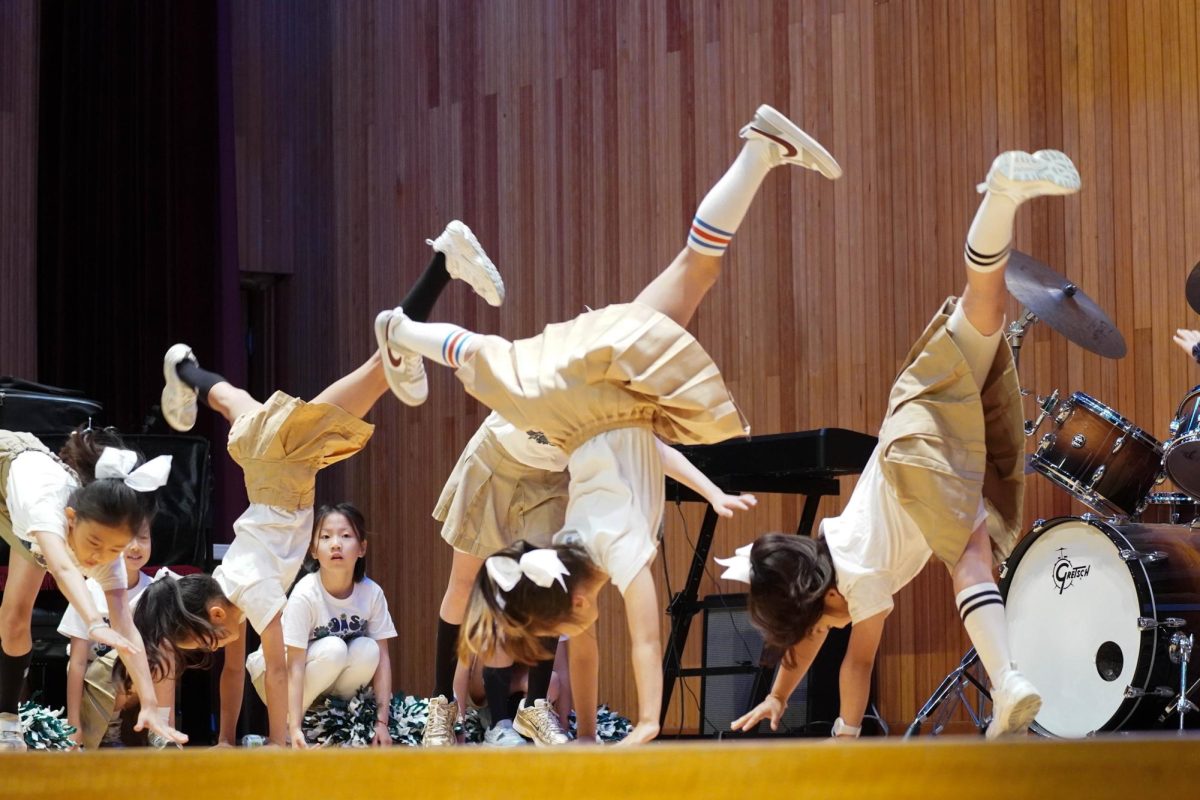




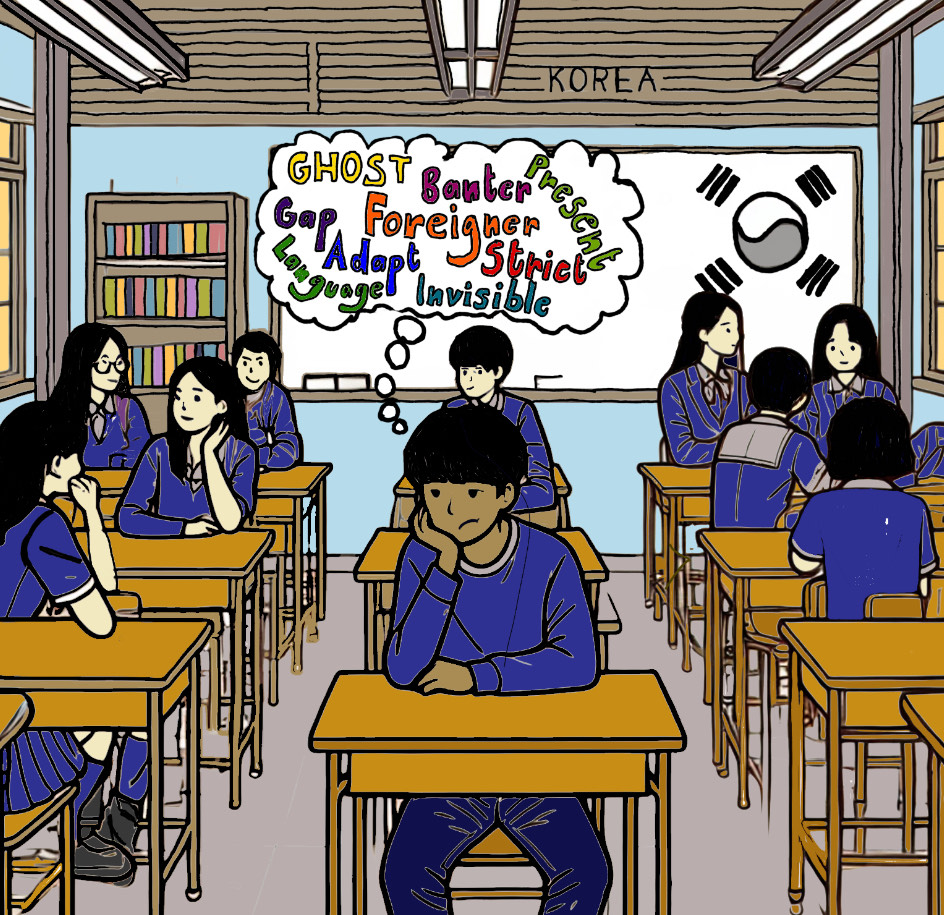










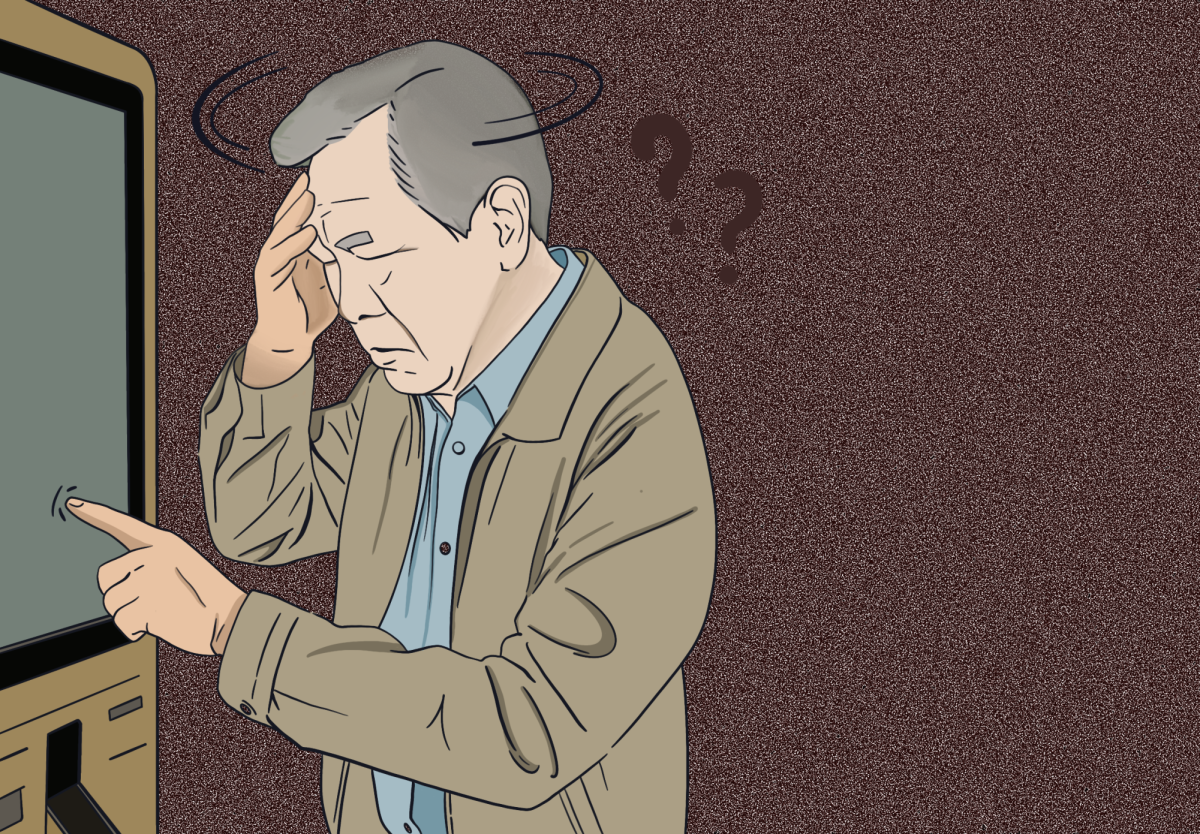

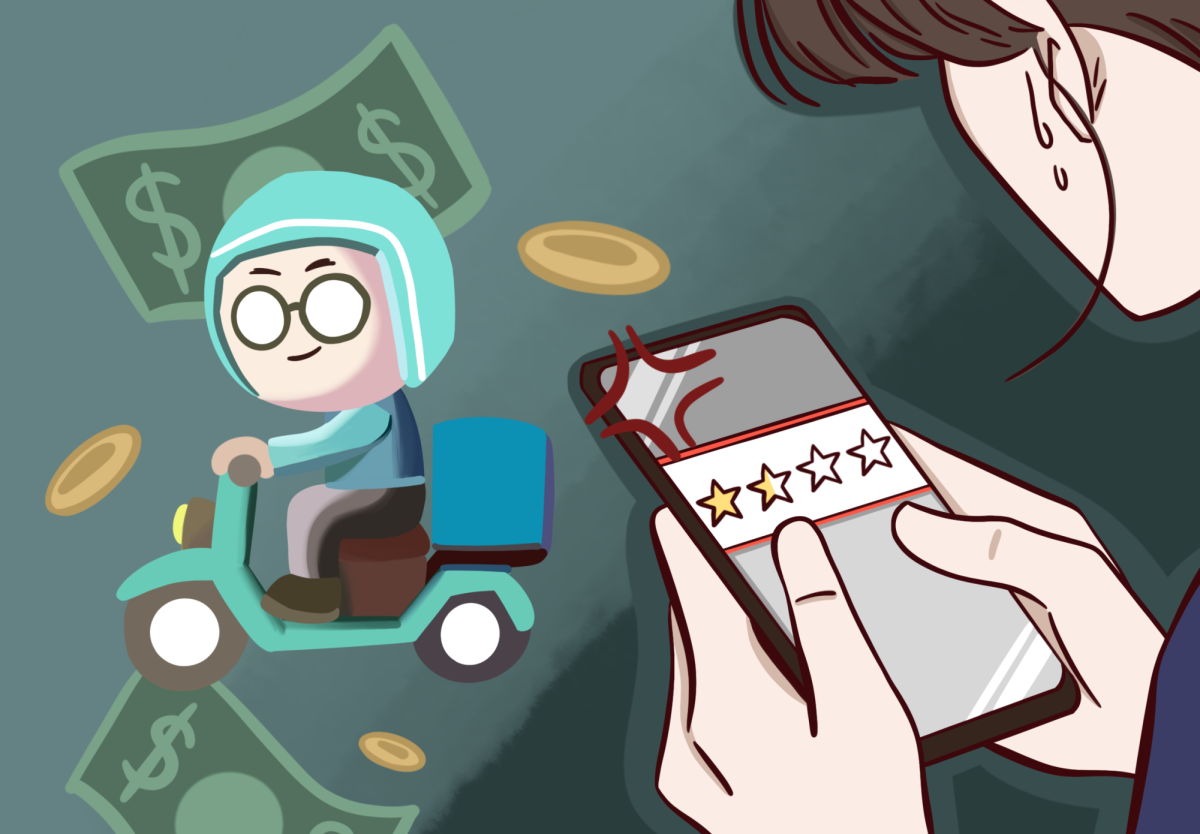




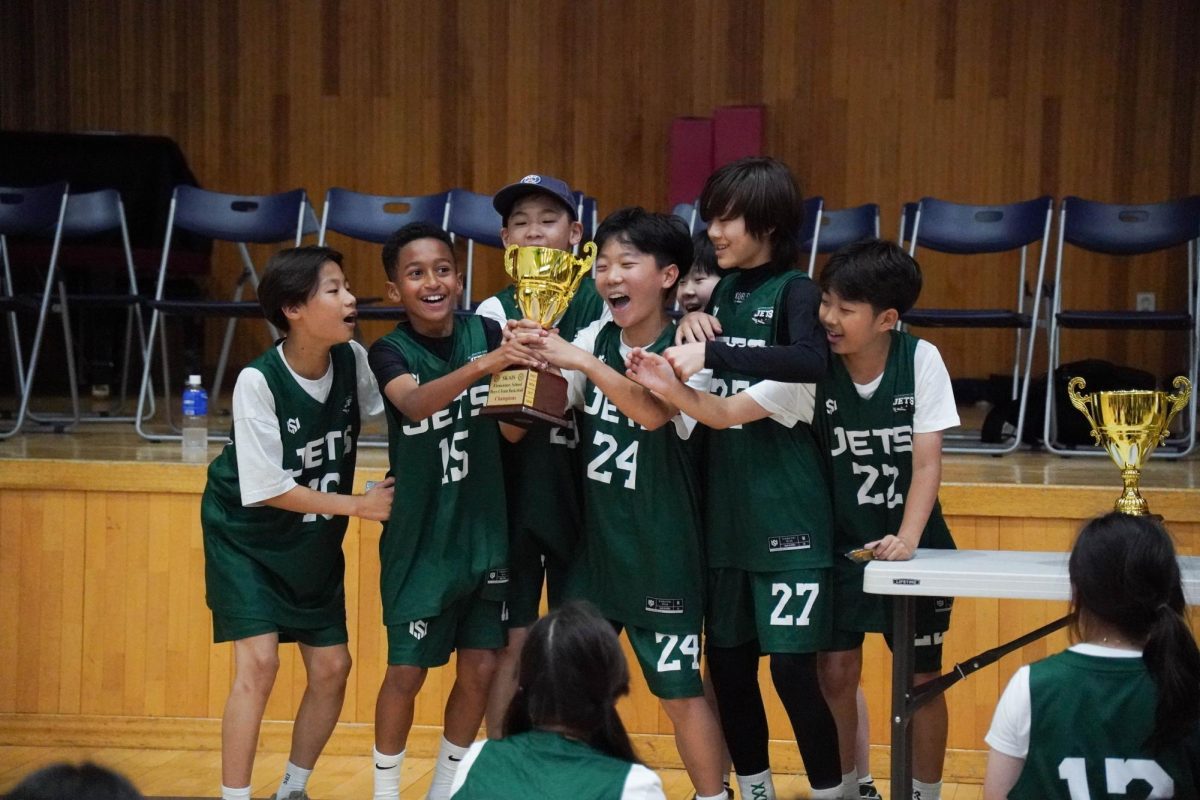











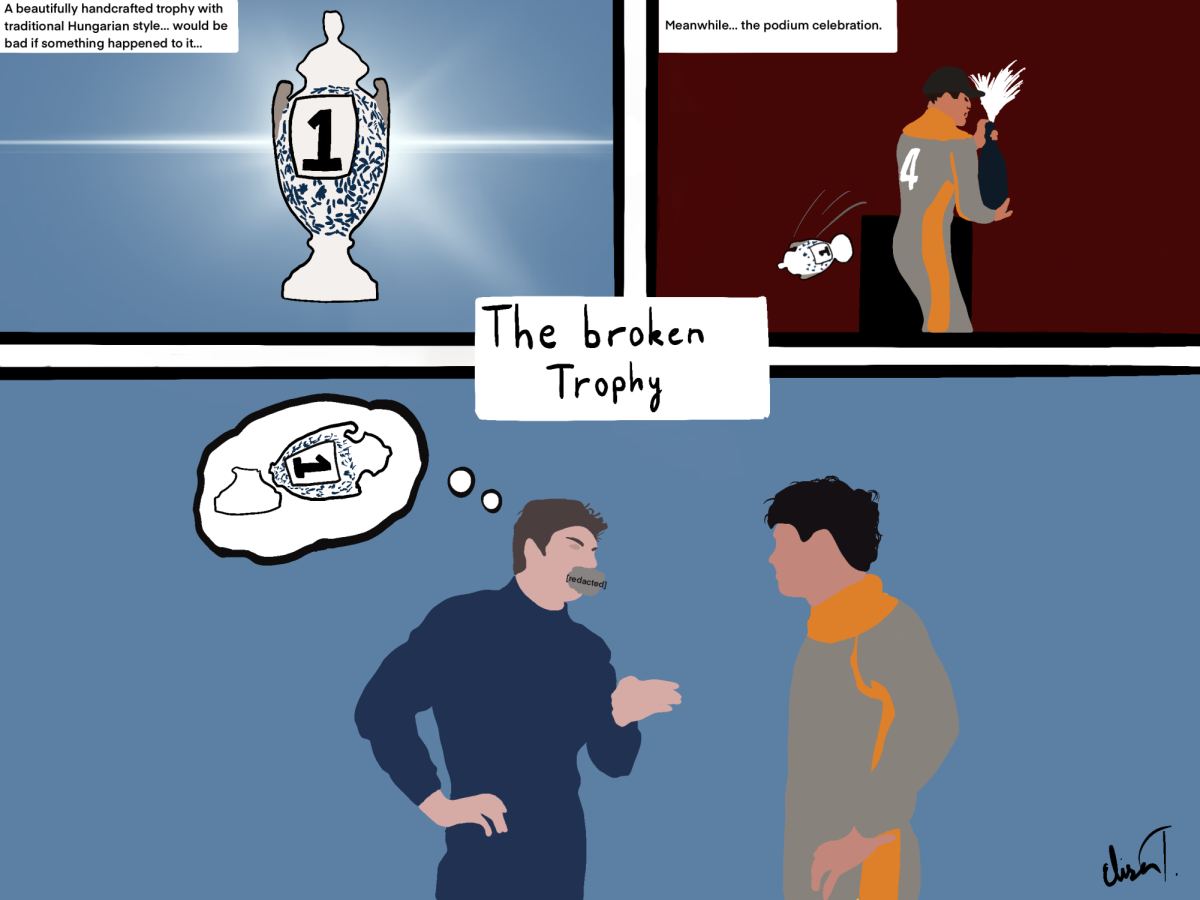

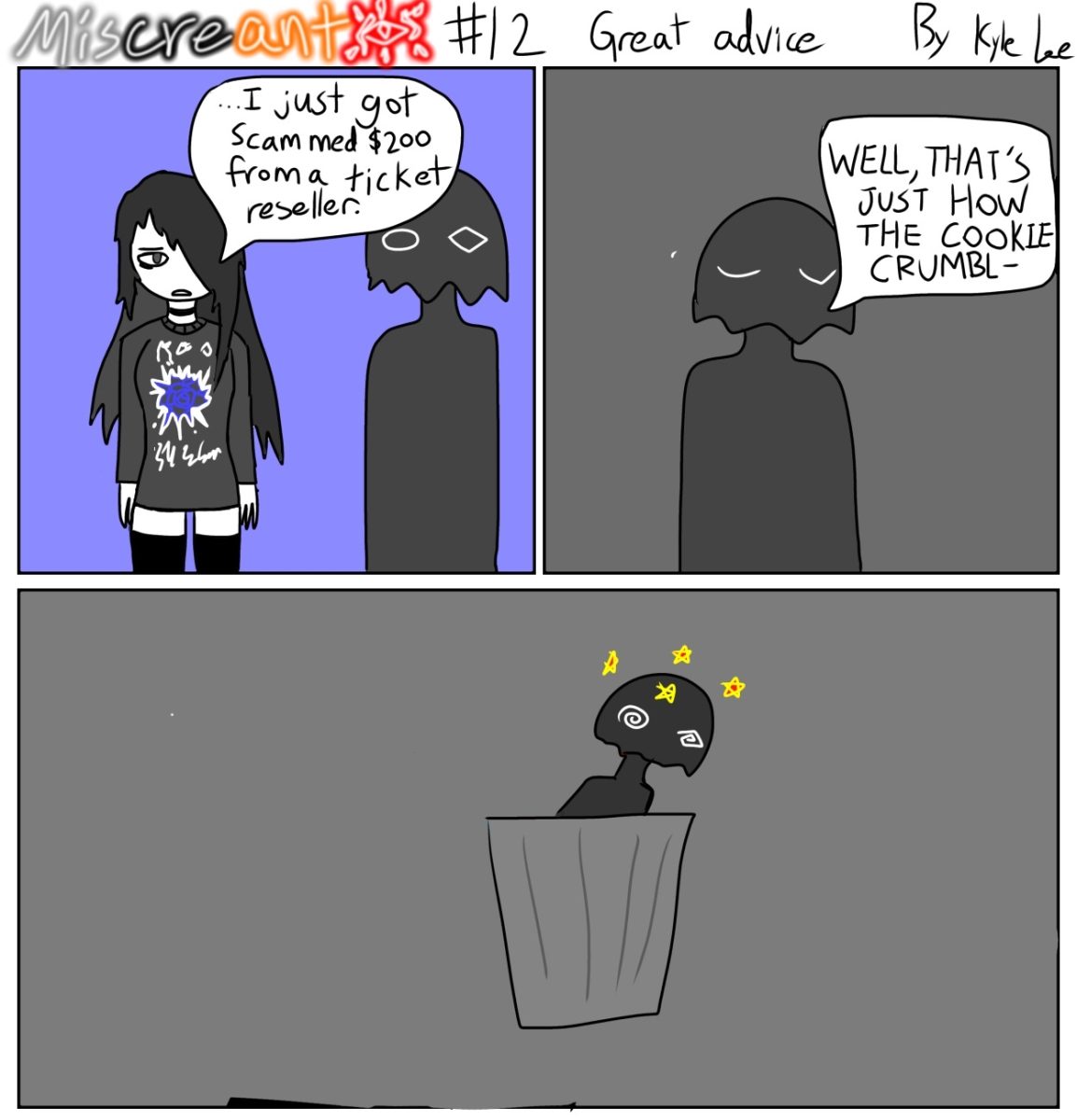






Tracy Soyeon Kim • Apr 15, 2022 at 6:17 am
I watched it! It was soooo cool!
Jake p • Apr 14, 2022 at 7:34 pm
I think im gonna watch it